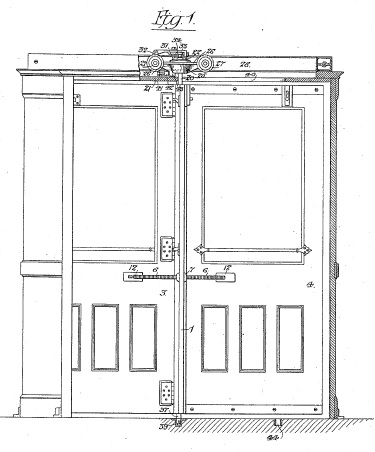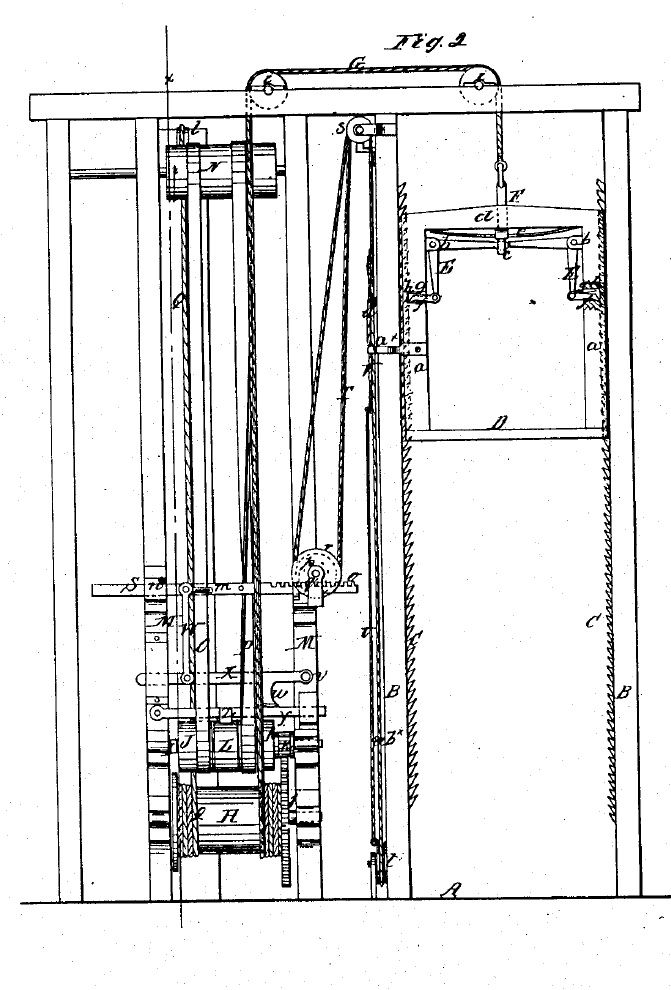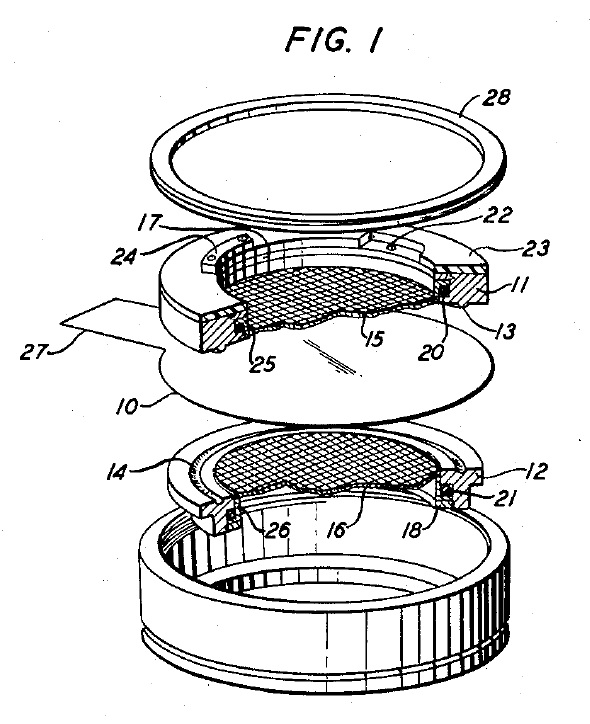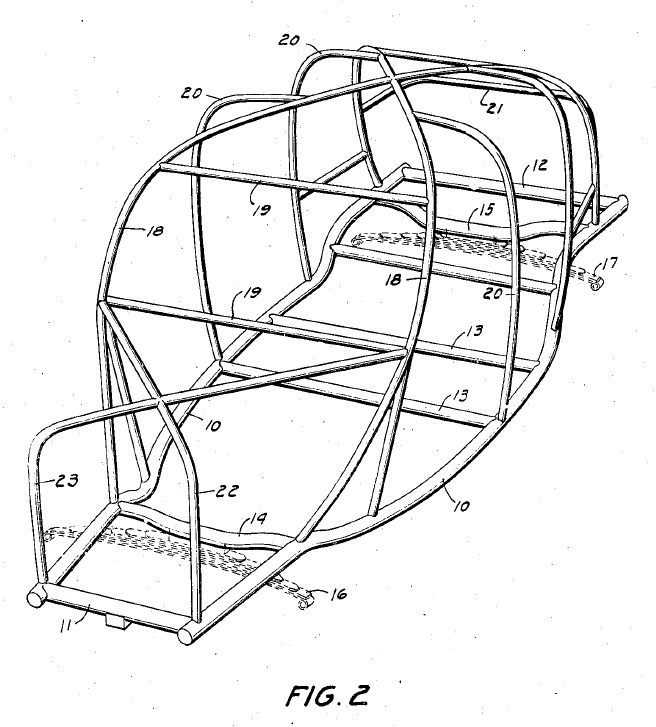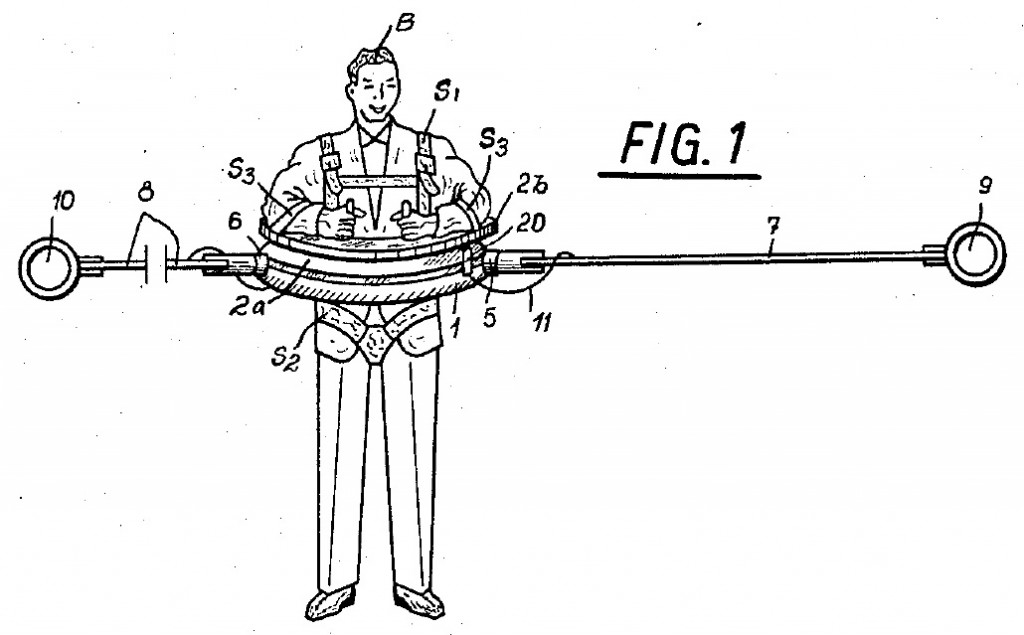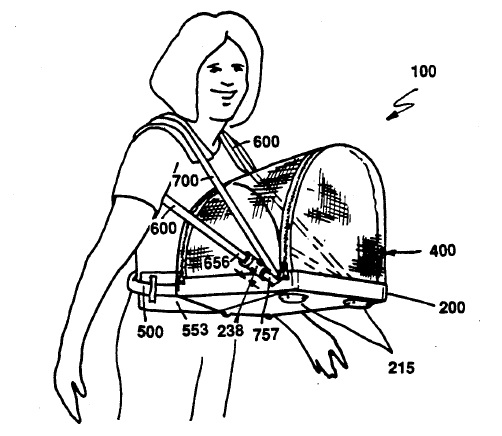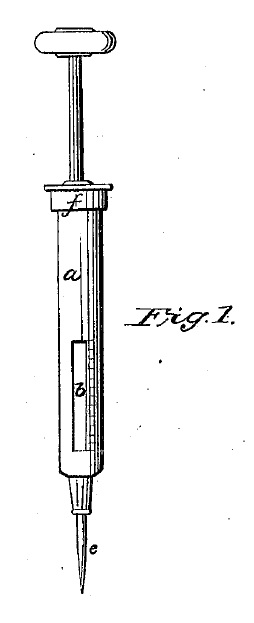Supreme Court granted Cuozzo’s Petition for Certiorari regarding two important questions affecting post-grant reviews:
1. Whether the Court of Appeals erred in holding that in proceedings, the Board may construe claims of an issued patent according to their broadest reasonable interpretation rather than their plain and ordinary meaning.
2. Whether the Court of Appeals erred in holding that, even if the Board exceeds its statutory authority in instituting an IPR proceeding, the Board’s decision whether to institute an IPR Proceeding is judicially unreviewable.
Cuozzo received support from 3M Company, Bristol-Myers Squibb Co., Cargill Incorporated, Caterpillar Inc., Eli Lilly and Company, GlaxoSmithKline LLC, Illinois Tool Works Inc., Johnson & Johnson, Monsanto Company, Pfizer Inc., The Procter & Gamble Company, Qualcomm Incorporated and Sanofi US filed an amici curiae brief, as did the Biotechnology Industry Organization, the American Intellectual Property Law Association, The Pharmaceutical Research And Manufacturers America, Intellectual Property Owners Association, The Intellectual Property Law Association of Chicago, New York Intellectual Property Law Association, Interdigital, Inc., Tessera Technologies, Inc., and Fallbrook Technologies, Inc. and Trading Technologies International, Inc.
These are both important questions. With respect to the use of BRI in post grant proceedings, the USPTO’s use of this examination standard where the patent owner is essentially disabled from amending the claims is unfair. With respect to reviewing institution decisions, it would be remarkable that a decision by the PTAB or any government agency could be completely immune from review, no matter how contrary to the statute.

